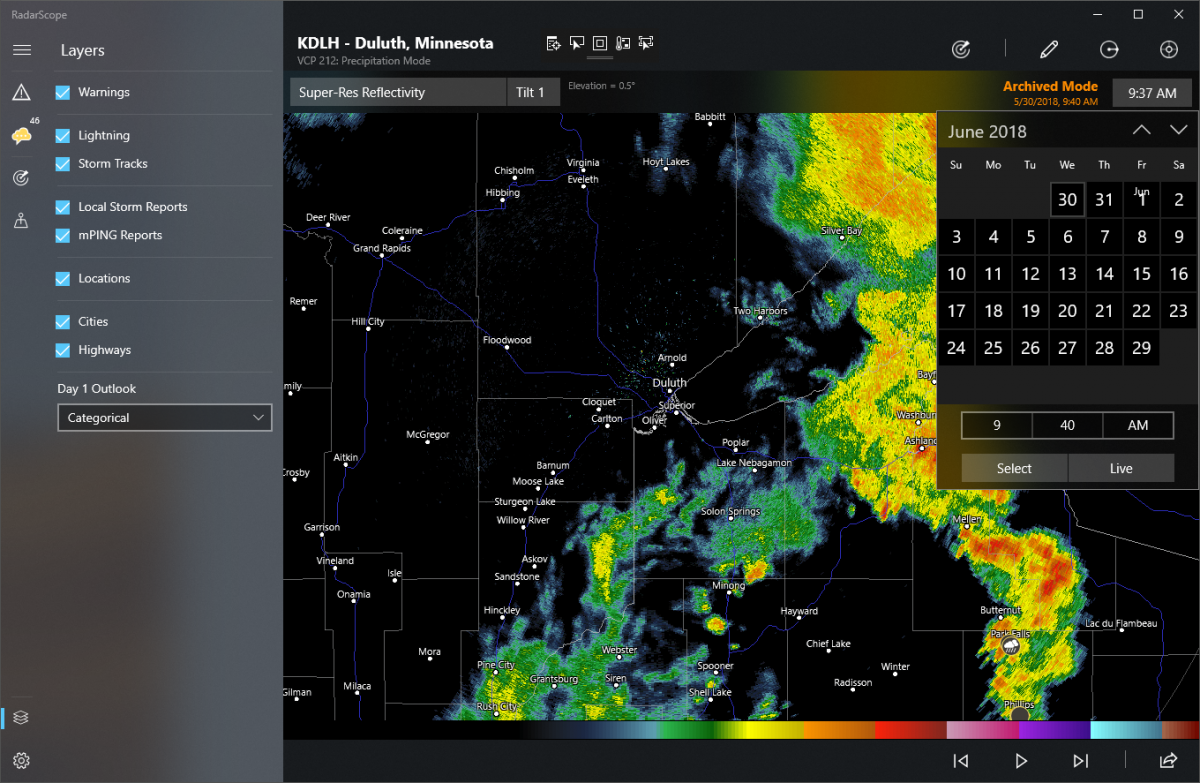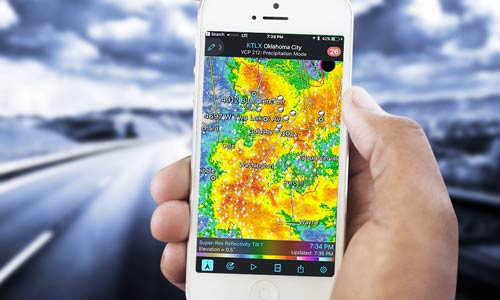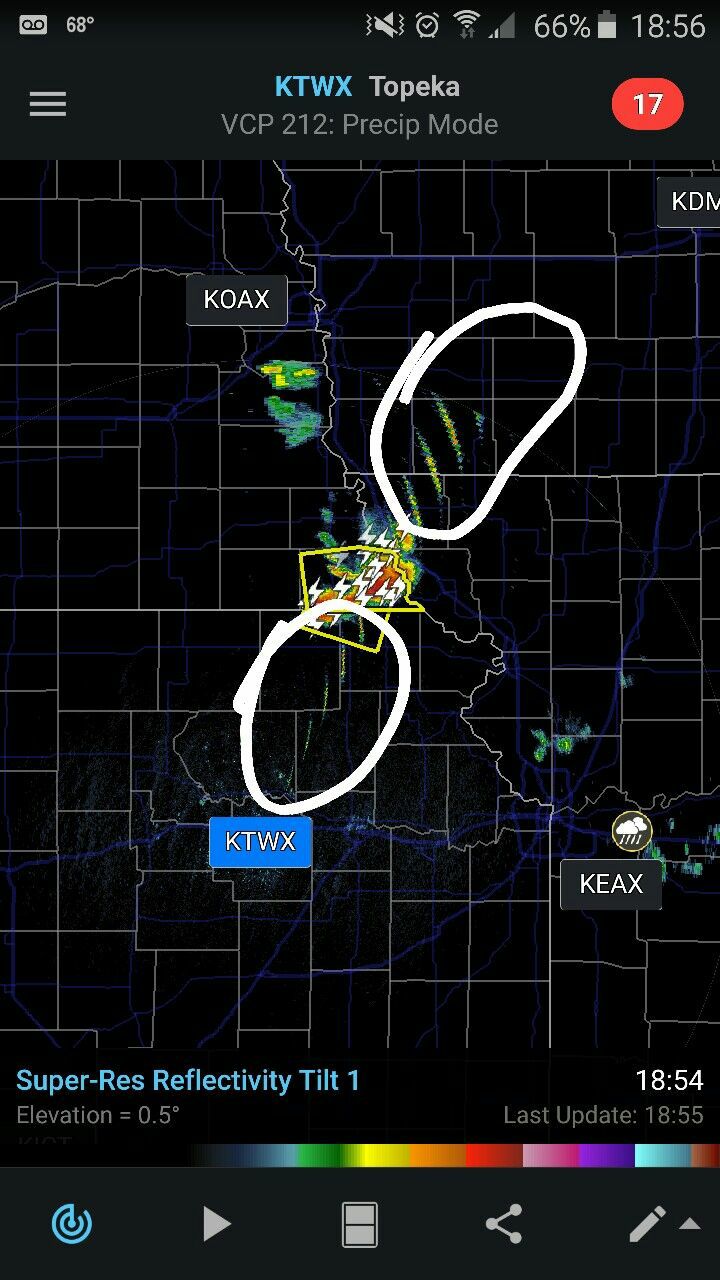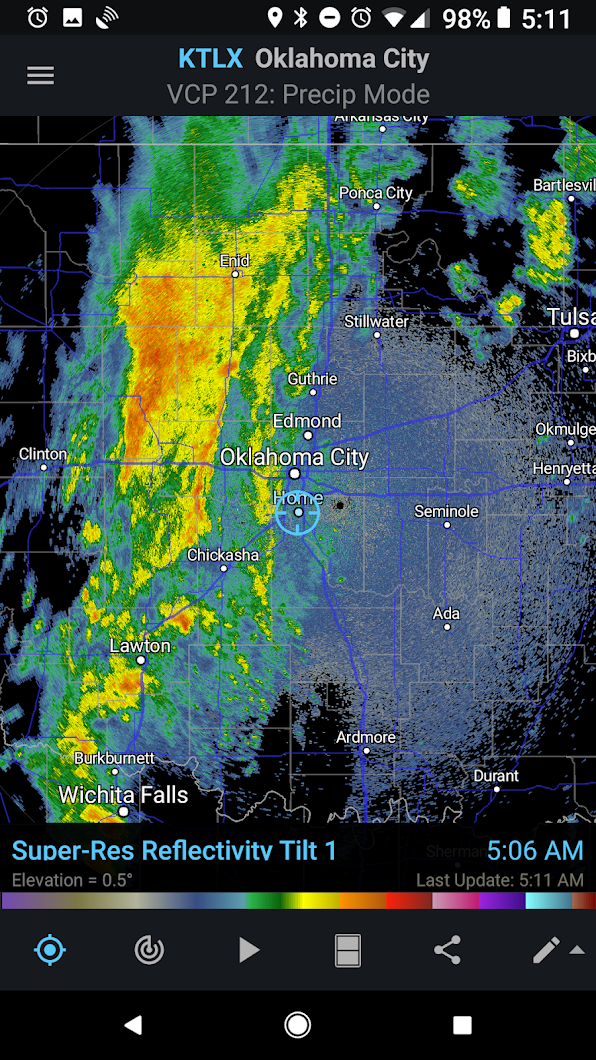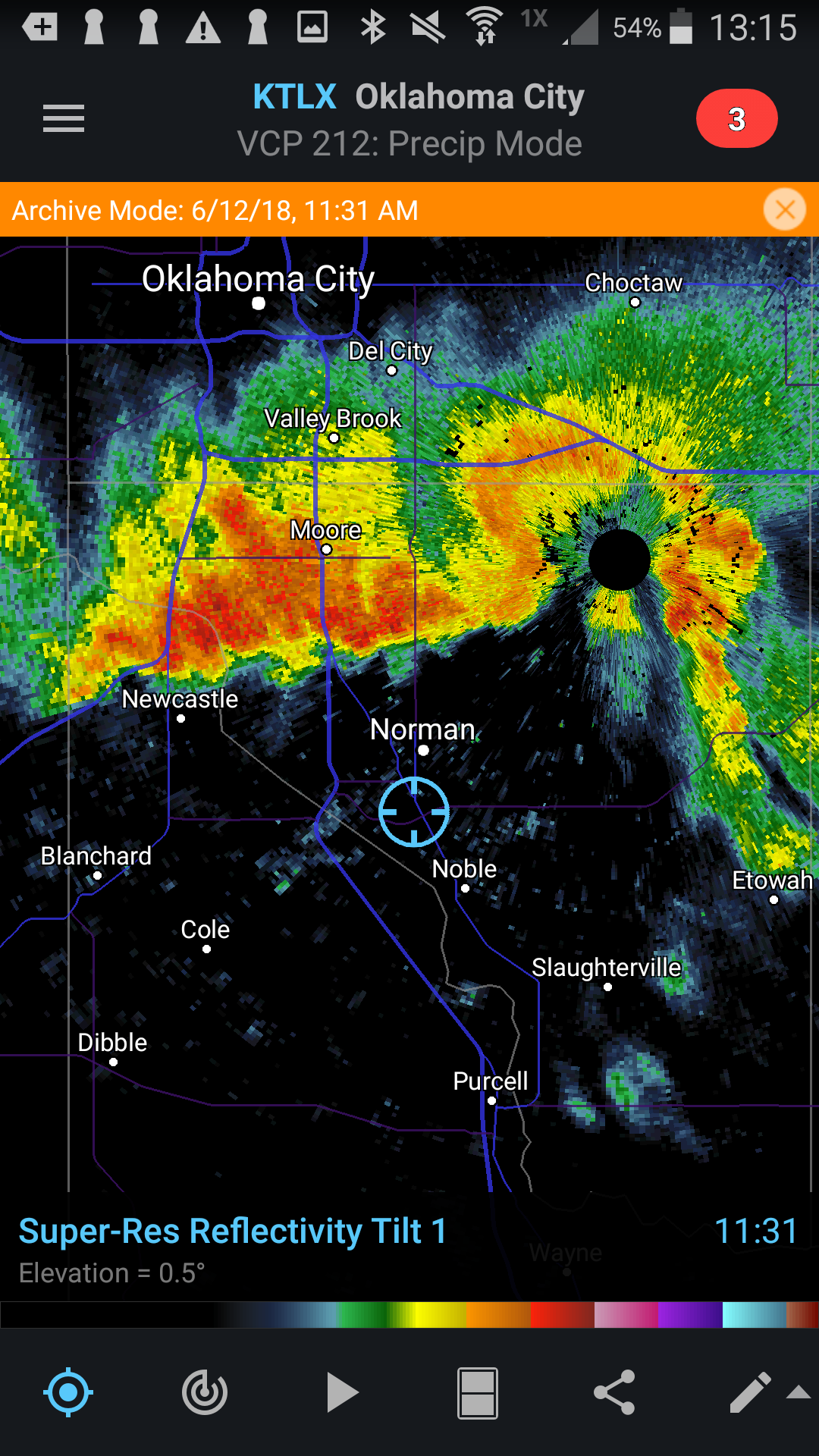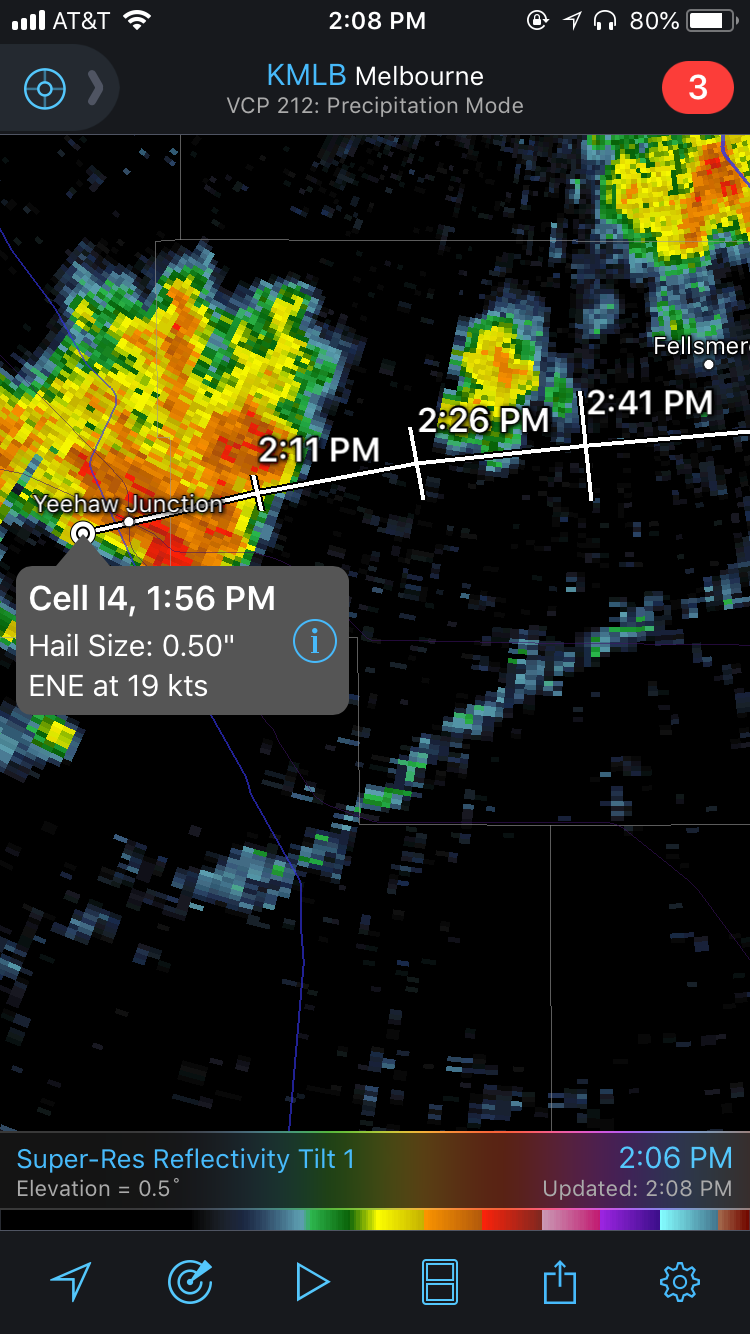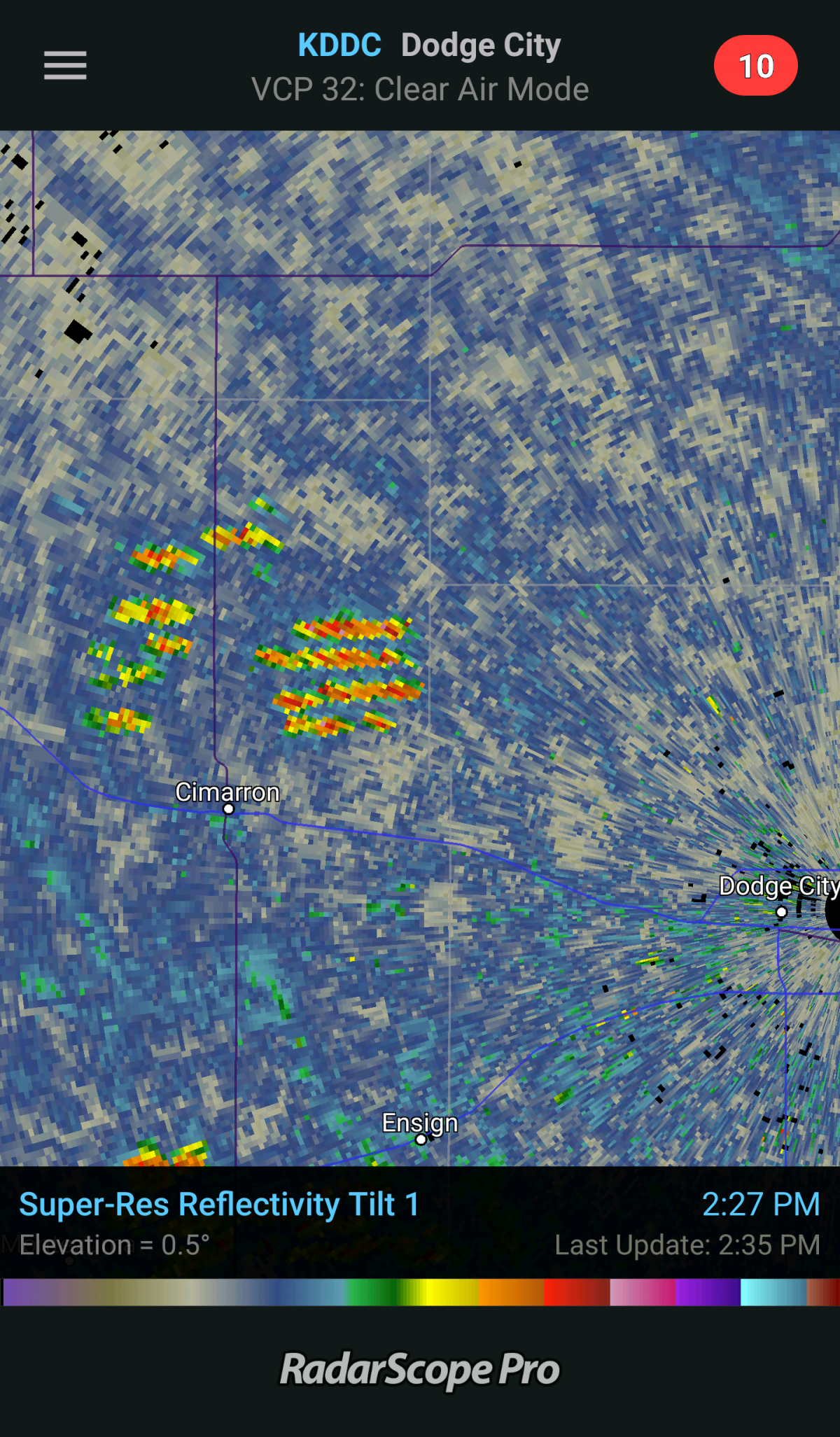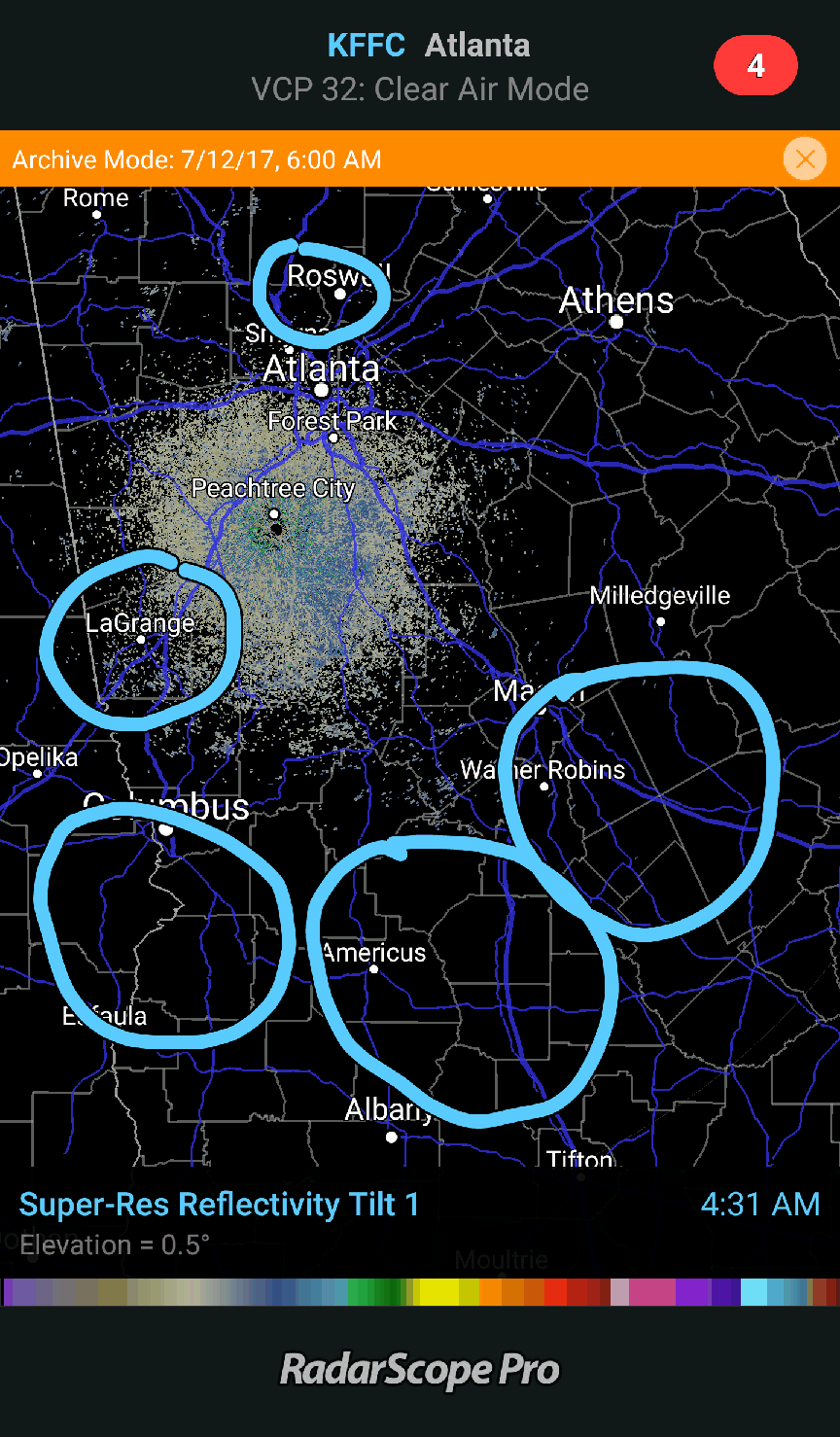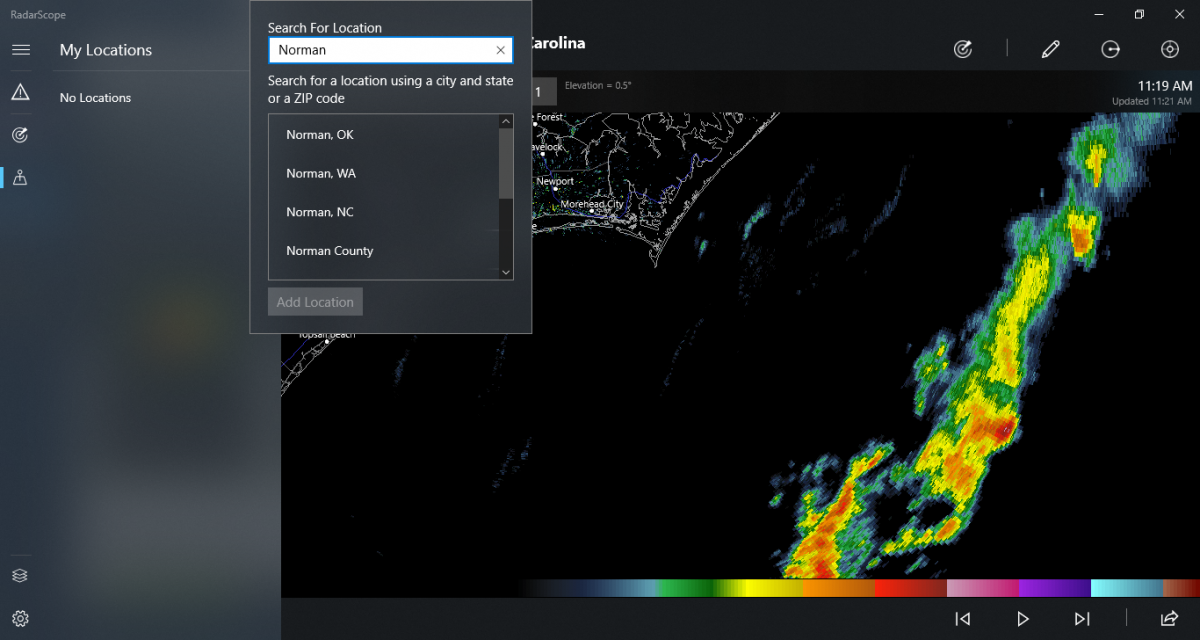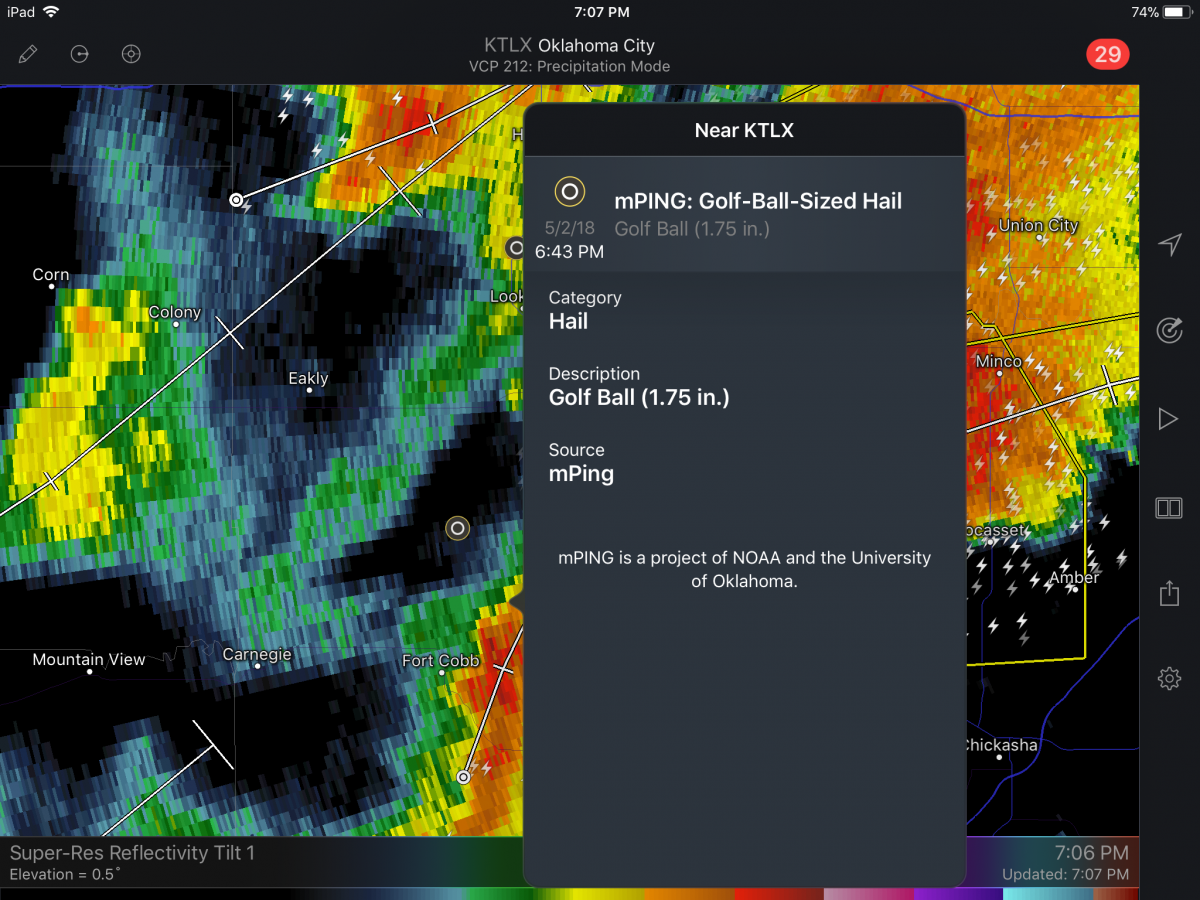We released RadarScope 1.0 for Windows in April and have been extremely pleased with the response. We’ve been working on RadarScope for iOS for ten years, and on macOS and Android for seven years. Version 1.0 for Windows took about a year from conception to release, so we weren’t able to include every feature from the other platforms. We’re developing those features and look forward to reaching parity with the macOS app later this year. Here’s a brief update on our progress.
